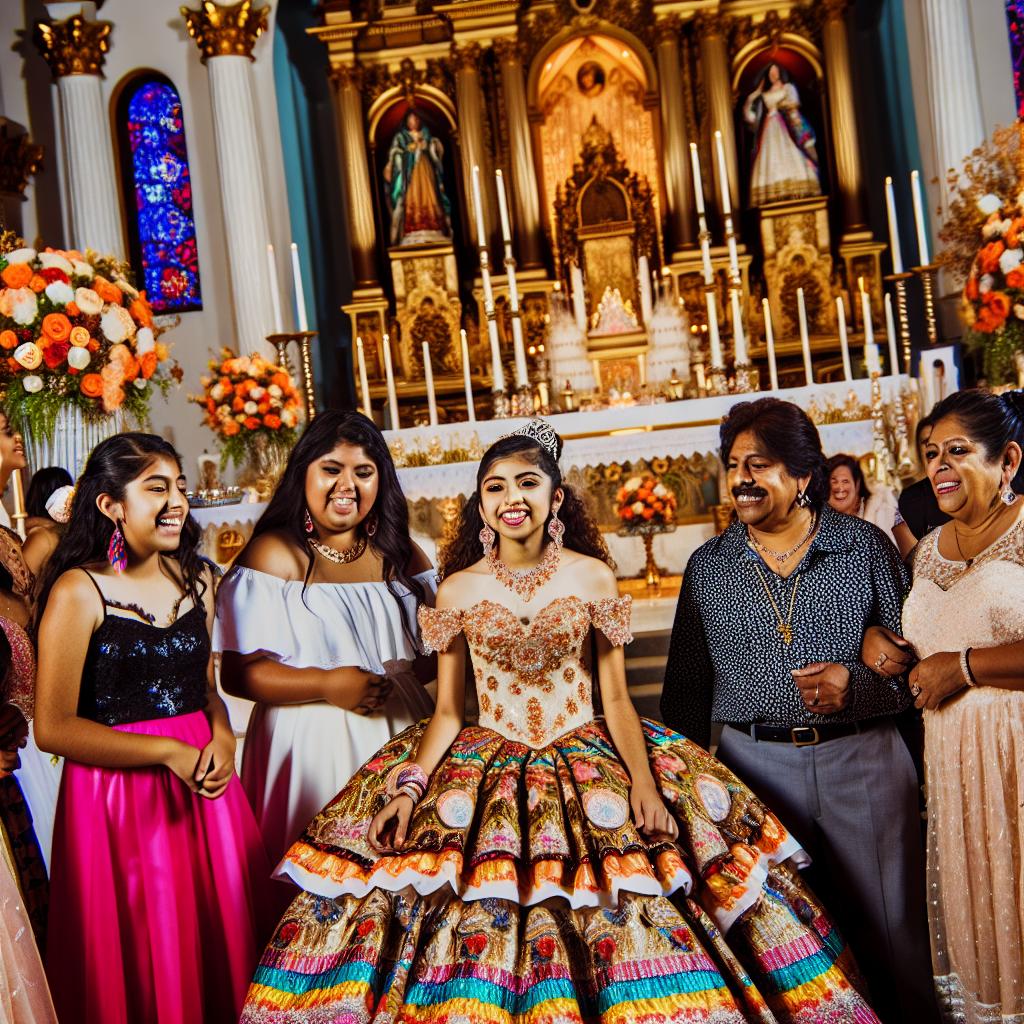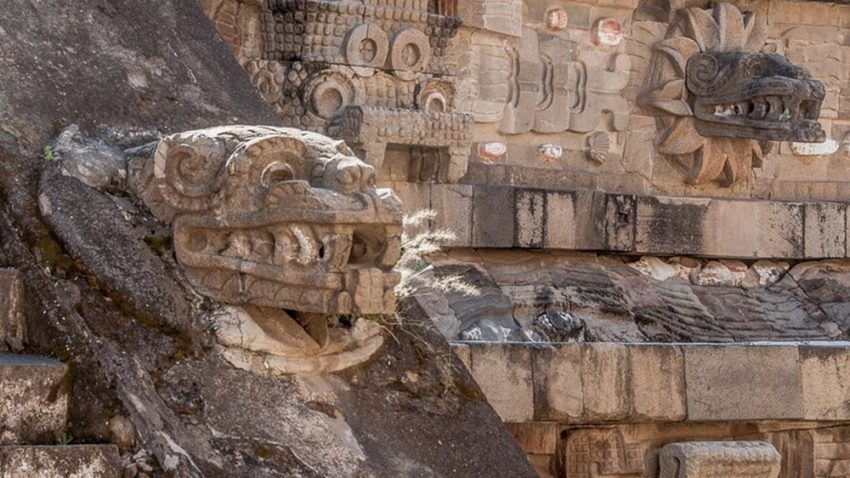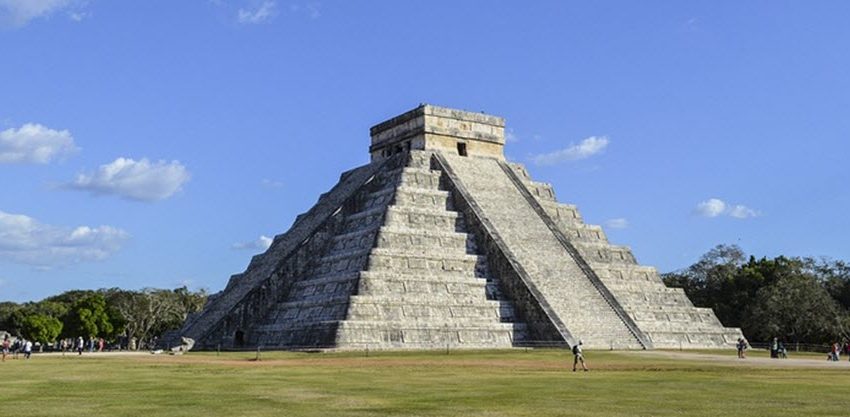Introduction to the Mexican Quinceañera Tradition
The quinceañera is a deeply significant cultural tradition observed in Mexico and various other Latin American countries. This event marks the 15th birthday of a girl, signifying her pivotal transition from childhood to womanhood. As a tradition infused with profound historical and cultural importance, the quinceañera combines religious customs with social festivities to honor family, community, and tradition.
Historical Background
The origins of the quinceañera can be traced back to the rich cultural tapestry of pre-Columbian civilizations such as the Aztecs and the Mayans. In these ancient cultures, rites of passage ceremonies were significant, celebrating the transition of young females into the realm of womanhood. Upon the arrival of Spanish colonizers in the Americas, these indigenous customs began to amalgamate with Catholic traditions, resulting in the contemporary quinceañera celebrations we recognize today. This fusion is emblematic of the broader cultural synthesis that characterizes Latin American heritage.
Religious Significance
At the heart of the quinceañera is the religious ceremony, typically conducted as a Catholic Mass. This component of the event is profound, embedding the celebration in a spiritual context. The Mass involves specific rituals and blessings, with the celebrant expressing gratitude and seeking guidance for her coming journey. The presence of family and “damas” and “chambelanes”—maids of honor and chamberlains—injects an aspect of communal participation into this rite. These individuals play significant roles in both the religious and social dimensions of the festivities.
The Party and Reception
Following the religious Mass, the celebration transitions into a grand reception filled with revelry and social activity. During this event, family and friends gather to partake in food, music, dancing, and numerous social activities. Among the highlights is the formal dance between the quinceañera and her father, symbolizing her inaugural public dance as a young woman. This moment is poignant as it underscores the pride of the family and the community in acknowledging this critical life transition. The party acts as a microcosm of wider social dynamics, grounding the individual’s journey in collective harmony and support.
Traditional Attire
The quinceañera is resplendent in an elaborate gown, often akin to a ball gown, with a tiara crowning her ensemble. This attire symbolizes her emerging status in society. Choices concerning the gown are deeply personal, yet they frequently reflect traditional styles and vibrant colors echoing the celebrant’s cultural identity. The tiara is particularly symbolic, representing steps toward womanhood and societal recognition of her new role and responsibilities.
Symbolic Elements
Throughout the quinceañera, multiple symbolic elements are woven into the fabric of the day, enriching its meaning. These elements may include the changing of shoes—from flats to high heels—symbolizing the transition from adolescence into adult grace and maturity. Another time-honored tradition is the presentation of a doll, which represents the final gift of childhood before stepping into the responsibilities of adulthood. Every element and ritual resonates with latent meanings, reflecting personal, familial, and cultural narratives.
Modern Adaptations
While the fundamental essence of the quinceañera remains anchored in tradition, modern influences have led to adaptations and variations in the celebration. Families often tailor aspects of the celebration to resonate with contemporary preferences, incorporating modern music, fashion, or practices. Furthermore, some families may choose to include charitable acts as an integral part of the celebration. By doing so, they imbue the quinceañera with a sense of social responsibility, highlighting her transition into adulthood in a more socially conscious manner. These modern influences reflect the evolving nature of tradition, adaptable to the contemporary needs and aspirations of today’s society.
For more information on cultural traditions, you may want to explore resources like Culture.com for further reading on similar global practices.
Conclusion
The Mexican quinceañera encapsulates a rich and meaningful cultural tradition that conjoins religious significance with elaborate social celebration. This event is not merely a marker of a young woman’s journey into maturity; it also serves as a pivotal moment to reinforce familial and communal bonds. As times change and modern influences permeate traditional practices, the core values and principles of the quinceañera endure. Collectively, they offer a timeless celebration of life, heritage, and identity, firmly rooted in the rhythms of both past and present. By maintaining this delicate balance, the quinceañera persists as an inspiring cultural narrative that continues to resonate in the hearts and minds of those who participate in and observe it.







